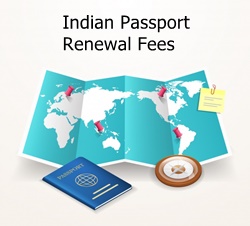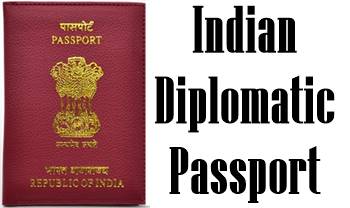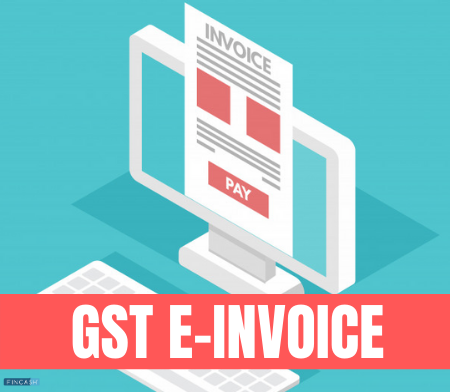The Launch of Indian e-Passport
Sanjay Bhattacharyya, Indian Secretary to the Government in the Ministry of External Affairs, recently announced that Indians would soon be able to obtain an e-passport.
In a tweet, he specified that the next-generation passports would protect the security of biometric data and smooth passing through the global immigration checkpoints. He also specified that the passports will be created at Nashik, Maharashtra's India Security Press, and will be International Civil Aviation Organisation (ICAO)-compliant.

The idea behind an e-passport is not the latest; it was first proposed by External Affairs Minister S Jaishankar some time ago. Pratibha Patil, the Former President, received India's first e-passport, including biometric information, in 2008. Around the world, biometric passports are already in use in over 120 countries, including Germany, the United Kingdom, and Bangladesh.
What is an Electronic Passport (e-passport)?
The aim of an e-passport, often known as a digital passport, is the same as that of a standard passport. The e-passport includes an electronic chip that contains the same data as the printed one. In the event that the chip is tampered with, the passport authentication will Fail.
Talk to our investment specialist
How does it work?
An e-passport appears to be identical to a normal passport at first glance. However, the only significant change is that the former has a small electronic chip, exactly like the one that is found on a driver's licence. The microchip saves all the details on your passport, including your name, DOB, address, and other personal details. It will aid immigration counters in promptly verifying a traveller's information. The action will also help reduce counterfeit passports on the Market. The chip has improved security mechanisms that make it impossible for fraudsters to tamper with the saved data.
At the moment, travellers are compelled to spend a significant amount of time at immigration counters to finish the requirements, including the passport verification, details verification, etc., as officials have to personally check over each item on the passport. With an e-passport, this time spent is predicted to be reduced by more than half. The microchip is also reported to hold biometric data and other information, making it easier to identify a traveller digitally. The chip can save information about previous trips as well.
Using Biometric Data
Biometrics are measurements that are related to physical characteristics. This information is one-of-a-kind, and it could include your Iris recognition, fingerprints, face recognition, and other attributes. The security elements validate your identification by using your unique physical attributes.
In the case of an e-passport, this biometric data can be your fingerprints. Before obtaining a new passport, the government already saves your fingerprints. It will not be tough to compare and authenticate your identity at any immigration counter with this information saved in the microchip.
Advantages of Indian e-Passport
The following are a few of the advantages of the e-passport:
- Biometric data will be used for securing the passports
- The e-passport will make it easier to travel past immigration checkpoints worldwide
- It meets the International Civil Aviation Organization's (ICAO) requirements
- The e-chip passports will prevent illegal data transfer, identify theft and forgery, using Radio-Frequency Identification (RFID)
Launch of e-Passport in India
The E-passport is already available in India since 2021, and anybody can apply for them. However, the e-passport Facility with embedded chips will roll out in 2022-23, as stated by the FM in union budget 2022.
India has already produced 20,000 official and diplomatic e-passports with embedded chips on a trial Basis. Citizens will receive e-passports after India Security Press Nashik completes the procurement procedure.
Procedures to Apply e-Passport
The procedures of applying for an e-passport will stay the same, from filling out an application form on the government site to selecting a location and date for your document verification appointment.
The new system will not affect the time it takes to issue a document. Here is how to do that:
- Go to the Passport Seva website, log in with your existing ID, or click Register Now
- You will get two different options, you can either Apply for a New Passport or Re-issue an existing one
- Complete the form and click Submit
- To make a payment, go to Pay and Schedule Appointment
- Print the Receipt and then show the acknowledgement SMS at PSK/POPSK/PO when you've finished this process
Changes and Retains in e-Passports
The steps to apply for a new passport will not get changed, and the application form will not be altered. Accordingly, the Ministry of External Affairs would distribute e-passports to all 36 passport offices in India.
The issuance procedure will likewise not change. The chip present in the new passports will be located on the front and will include an internationally recognised e-passport emblem.
These chips will be strong and challenging to break.
All efforts have been made to ensure the information provided here is accurate. However, no guarantees are made regarding correctness of data. Please verify with scheme information document before making any investment.












